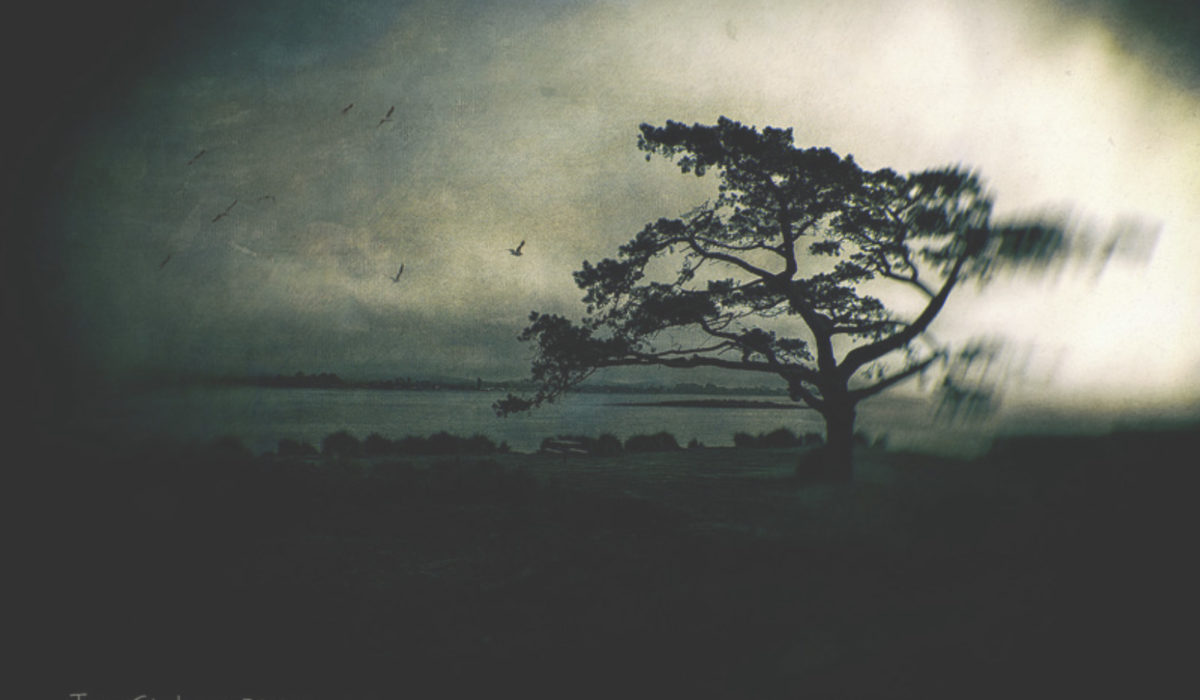— Our feature artist from last October, Issue 20 of Living the Photo Artistic Life, Tony Stephenson has been a long-time favorite of the AWAKE group. Based in Australia but traveling often to Africa on photo tours, Tony brings a deep love of nature and wildlife to his body of work. It’s great to finally get together with him on this interview …

Q. How was it that you fell in with digital photo artistry?
I remember carrying an old Brownie box camera on an Outward Bound course when I was 16, and I still remember my father’s words of praise when he saw some of the shots I took – particularly on how I had framed the landscape. Ever since then I have had a fascination with photography. But in recent years I felt there was more I could do in terms of making my photos more appealing. With retirement approaching I looked around for a Photoshop course, and this “grunge photography” thing came up in my email one day. Suffice to say. it was the answer to my dreams! I joined the Photoshop Artistry course around January 2015, then went on to enter “AWAKE” and then later “KAIZEN,” not to mention the Black and White Photo Artistry Course with Sebastian, as well as Bob Weil’s iPhoneography course somewhere along the way. All this has been extremely exciting.
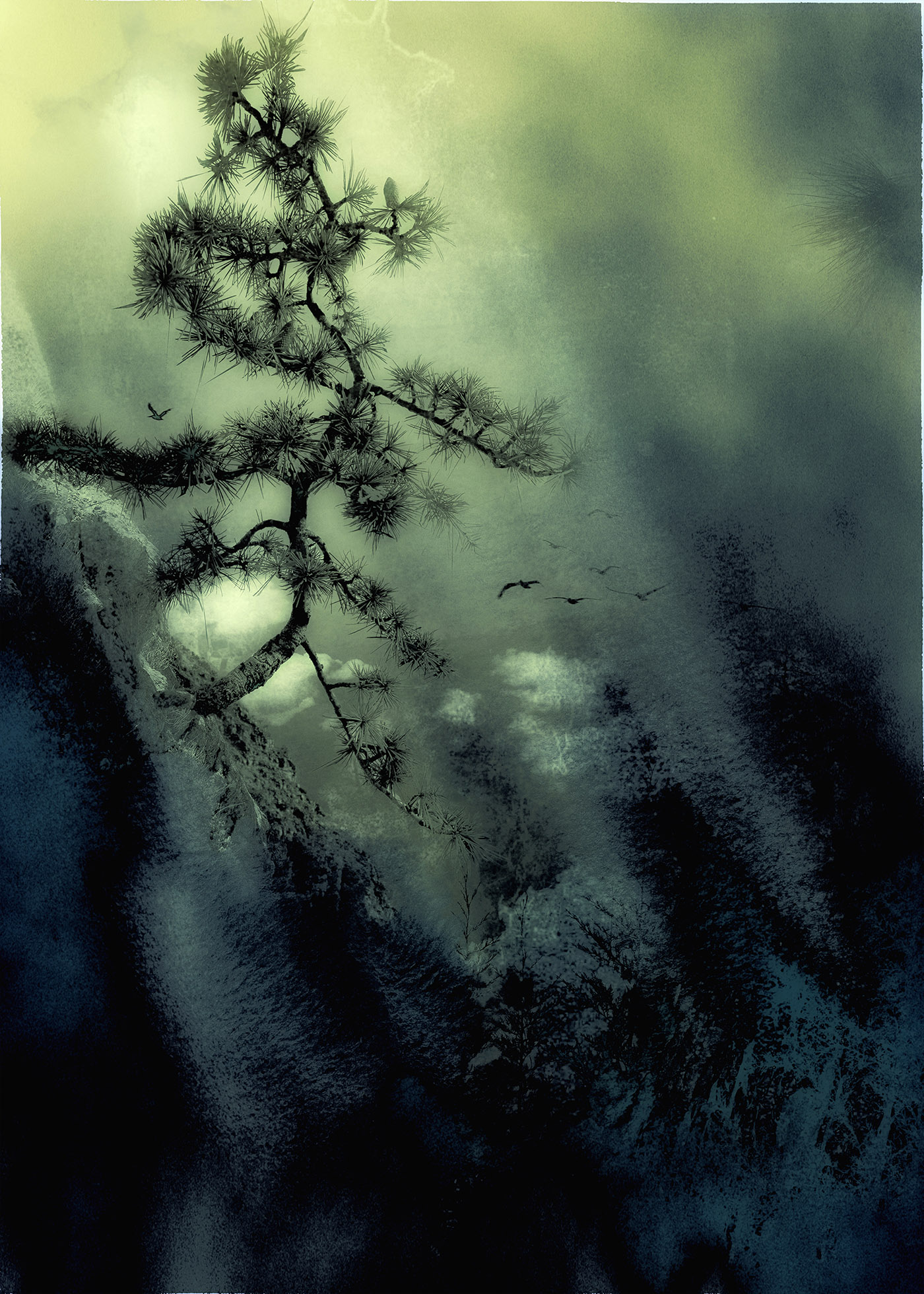
Q. I’ve noticed a shift in your style this past year. What’s been inspiring you most in the work you have been creating lately?
Lately I am fascinated with the work of a Russian digital artist by the name of Alexandr Pilko. He brings wonderful dark grungy, blurred, filmy atmosphere to his works, virtually all shot in his native Russia. His portraits are stunning – as wonderful as his landscapes – often city scenes with the blurred outlines of trees in the foreground. He has influenced my work as much as any artist, and I feel I have only touched the surface of the possibilities with that grainy, emulsion style. But there are many other approaches I love, and it will take me a lifetime to bury myself in the techniques involved, until I achieve some sort of mastery. My early training in clinical hypnotherapy has helped me grasp the importance of leaving interpretation to the viewer, while quietly providing the contextual cues needed.
Q. While not always an easy to describe, I’m curious what “living an artistic life” means to you?
I’ve actually been contemplating this during the AWAKE training and 21 Days to Creative Abundance. I thought the highlight would be relaxing in my favorite coffee shop (which incidentally is Jaspers in Chadstone Shopping Centre), taking in the scene, and catching up with gallery owners, magazine publishers and the like, all of whom are actively seeking to publicize my “amazing” work. But I think my idea has evolved in the harsh light of reality. It’s more like bloody hard work — imagining, exploring, perfecting, and rapturing over each small victory. It’s a life’s journey really. Like flying, you are always trying to achieve the perfect landing. Sometimes you have to go round and try the approach again, instead of face-planting on the runway.
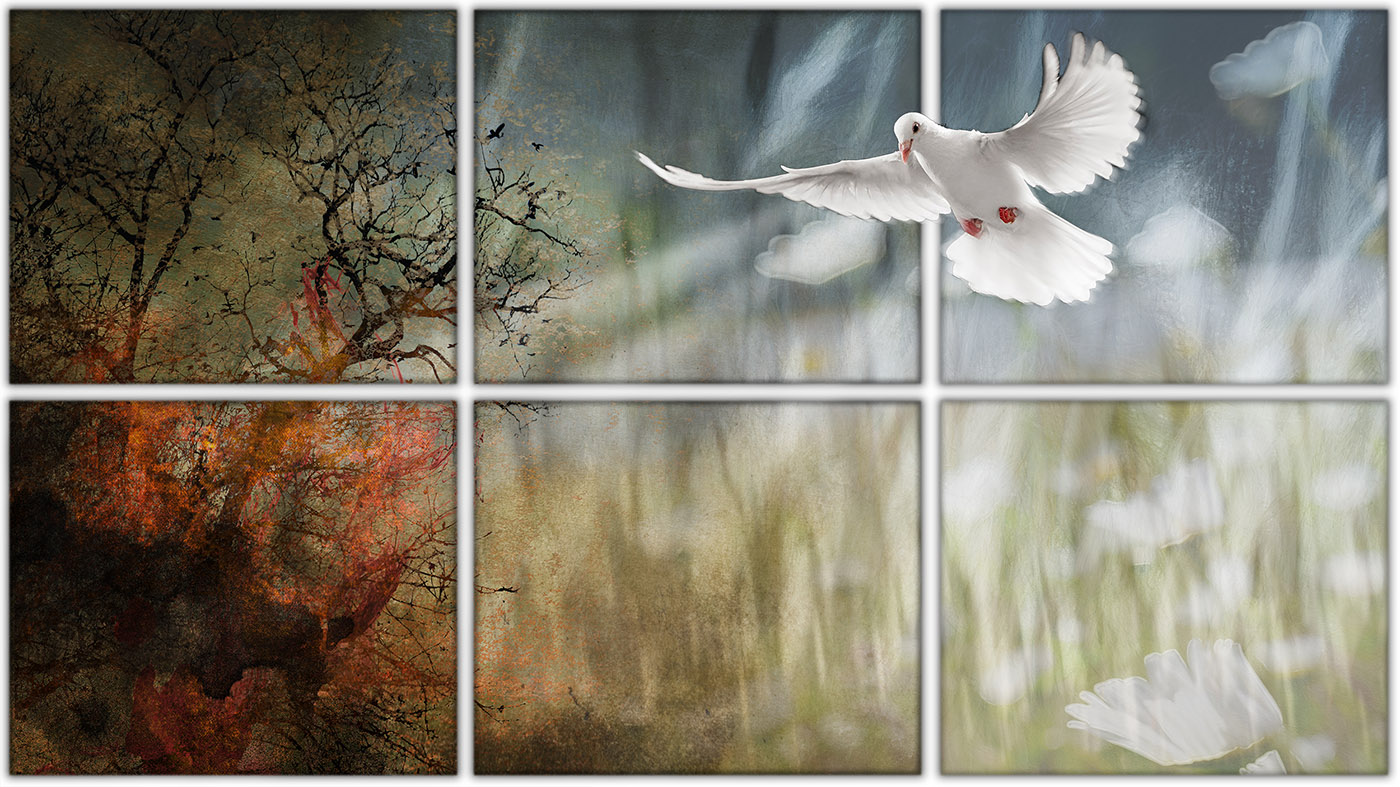
Q. What process do you tend to follow when working on a composition?
One thing being in the KAIZEN group has taught me is that I am more impulsive than contemplative in my approach to my work. I read Julie Powell’s interview in amazement at her meticulous, detailed approach to her compositions – and she gets fantastic results. But I struggle with assignments that require me to first conceive a piece, then map out the shots or components I need, then execute the steps needed to bring the concept into reality. I am much more of a gut feel kind of guy. I have significant collections of scenes, people, buildings, and landscapes in my Lightroom catalog, and I look through these when I am feeling creative to see which will call out to me. I am frequently drawn to those images that I can emotionally identify with … then I simply get started, usually without more than a vague goal in mind. Often I look through my “inspirations” collection, and that’s when the excitement starts to build …
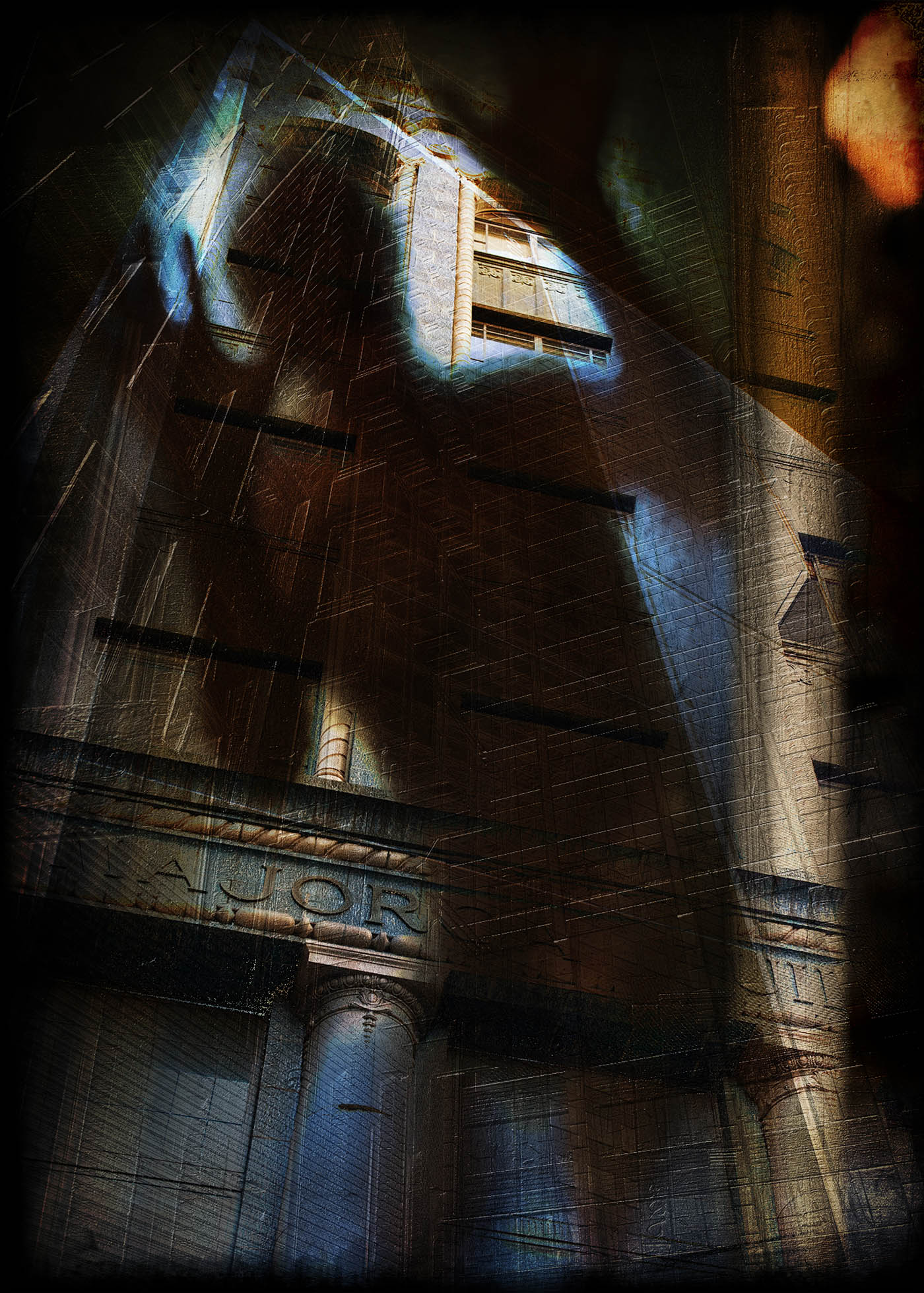
Q. Your style is already evolving. Where do you see your work going next?
I haven’t really settled into a style or pattern yet. I am still journeying toward that, and taking many side trips along the way. Maybe I will remain eclectic in my style, since I like a lot of subjects – who knows? It’s not something that keeps me awake at night. But I do want to achieve mastery in my work. I want my pieces to tell stories, I want to bring to each piece a conscious awareness of composition, light, focus, blur, color, saturation, contrast and movement. This means (to me) that I need to make better photographs too, that achieve the same goals.
I am unlikely to ever be a fantasy-composition artist, but I want to be the best at altering perception, bringing surprise and joy, through my creative input to my photo-artistry work.
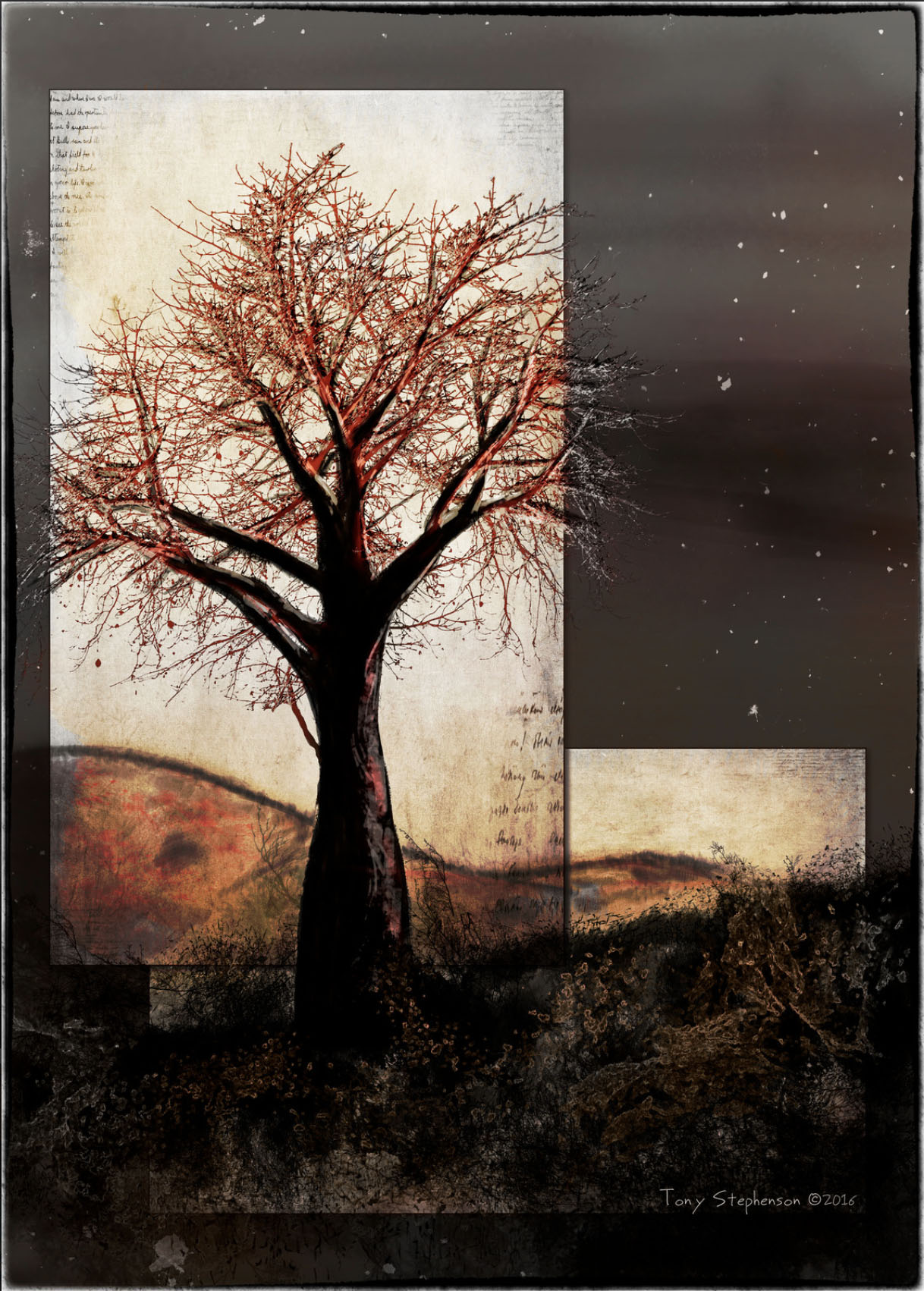
Q. Looking back on how you developed as a creative photographer and as a photo artist, what kind of advice would you give to someone just beginning?
You’ve probably guessed by now that becoming an artist is going to be a lifelong journey. That being the case, the art you create on any given day is only going to be as good as your creativity and technical skills can get at that point on the journey. What other people think about your art is altogether immaterial: they aren’t you, they’re someplace else, and certainly not in your head. What is important is that you have grown to be a better artist than you were yesterday, that you know this piece is the best work you can possibly create with what you know today. That’s enough. Tomorrow will take care of itself.

